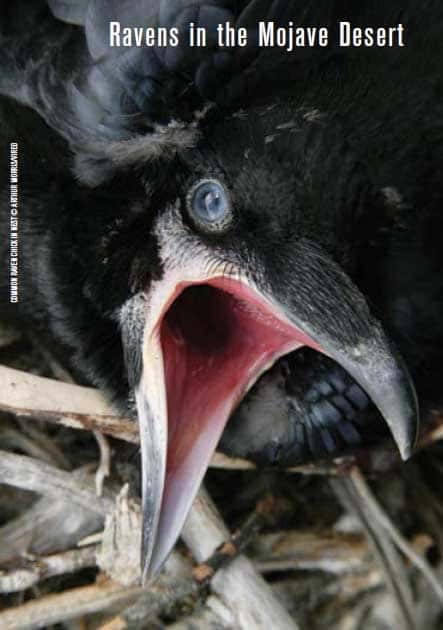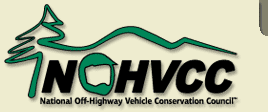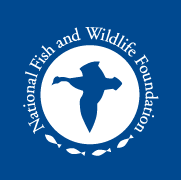
Invasion of the Tortoise Snatchers
Desert Tortoises in Decline
The desert tortoise is the grand survivor of the Mojave Desert, having roamed its unforgiving landscape for tens of thousands of years. To escape ground temperatures that can reach 140 degrees, tortoises spend most of their time underground in burrows. When they do emerge to eat or drink, clever ravens are waiting to make fast food of young tortoises whose shells are not yet hard enough to protect them. Ravens are now a major predator of these vulnerable young tortoises.

The desert tortoise is in danger of extinction in the Mojave Desert, and the exploding raven population — along with disease, habitat loss, and off-road vehicle traffic — is high on the list of reasons.

What You Can Do to Help Reduce the Raven Invasion

Fortunately, we can all take immediate actions around our homes and in our communities to discourage ravens and protect desert tortoises:
Raven-proof
your trash. Stash it in containers with tightly secured lids and don’t put it out until collection day.- Dumpsters are a top draw for ravens; make sure they are closed and secure at all times.
- Don’t litter. Fast-food wrappers and other trash with traces of food attract ravens.
- When picnicking, don't leave food out in the open; store it in secured coolers or in your car.
- Don’t deposit trash at unauthorized dumps.
- Encourage landfill managers to reduce raven attractants.
- Don’t water your lawn to the point it runs over the curb or fills in depressions.
- Water early in the morning when soil is most absorbent. Landscape with native plants that don't require watering.
- Encourage power companies to inspect their lines for raven nests, to remove any they find and to install underground lines whenever possible.
- Work with local and county governments to teach residents and businesses how to raven-proof trash and take other measures to reduce food and water sources and nesting sites available to ravens.
- Stay informed. For up-to-date information on desert tortoises, visit deserttortoise.gov
Ravens on the Rise
Ravens are everywhere in the Mojave Desert. Fifty years ago, these large black birds were relatively uncommon in this hostile environment. Then people started to settle here, introducing new sources of food and water for ravens, including illegal dumps, landfills, unsecured dumpsters and trash cans, road kills, man-made ponds and irrigation systems. Booming desert communities also offer ravens plenty of places to nest: billboards, telephone poles, bridges and buildings.
As a result, raven populations are soaring, up 700 percent in the West Mojave Desert alone over the past 25 years. Ravens are now abundant, year-round residents of the Mojave — 'and a significant threat to the desert tortoise, an ancient species already listed as threatened by the state of California and the federal government.
Ravens are the largest members of the crow family. Renowned for their intelligence, they are associated in lore and legend with magic, mischief and darkness. In the Mojave Desert, ravens are better known as a major threat to the imperiled desert tortoise.
Defenders of Wildlife is a national, nonprofit membership organization dedicated to the protection of all native wild animals and plants in their natural communities. defenders.org

The Desert Managers Group (DMG) is a partnership of county, state and federal agencies working together to conserve and enhance the California desert for current and future generations. — dmg.gov

The NOHVCC is a non-profit educational foundation composed of a national body of off-highway vehicle (OHV) recreation enthusiasts dedicated to furthering a positive future for responsible OHV recreation. nohvcc.org

The National Fish and Wildlife Foundation sustains, restores and enhances the nation's fish, wildlife, plants, and habitats through leadership conservation investments with public and private partners. nfwf.org